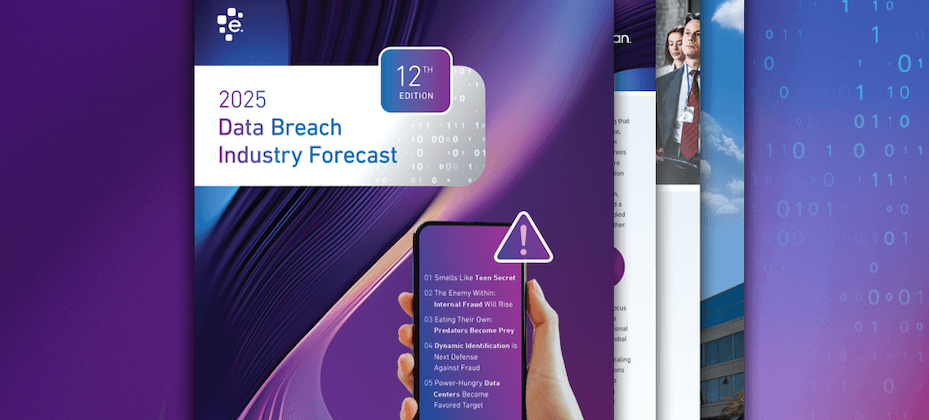
Small businesses serve as the engine of job creation for local communities, as well as the central hub for most innovation. So, it stands to reason that the financial health and growth of small businesses are of the upmost importance to all parties involved. Fortunately for the economy, the financial health of small businesses has remained relatively unchanged from a year ago – which is a good sign. In fact, according to the first quarter 2016 Experian/Moody’s Analytics Main Street Report, delinquency and bankruptcy rates have held steady at rather low levels. And we’re seeing fewer small businesses fall within the 61 to 90 and 91+ days past due categories. Additionally, while small businesses have continued to pay their bills in a timely manner, we’re also seeing them expand their credit lines and keeping utilization rates down. This is a pleasant sign, as it means small businesses have the ability to access financial resources if necessary. However, while the credit conditions for small businesses have remained stable, there are potential headwinds that could impact the sector. For instance, findings from the report show as oil prices have gone down, so too has the price on agricultural commodities. If both continue to remain low, there could be potential increases in delinquency rates for the oil and agricultural industries, which could spread into other small business areas. While the financial health of small businesses remains positive, it will be important for credit grantors and small business owners, to keep an eye on the potential challenges that they could encounter in the near term. Gaining insight into the fluctuations of the market can not only help them adapt to these challenges, but also better position small businesses to grow and succeed. In-depth insight and commentary from the Experian/Moody’s Analytics Main Street Report will be presented in a Webinar at 10 a.m. Pacific time/1 p.m. Eastern time on June 28. If you would like to register for the event, visit http://bit.ly/1s6vlmG.

In this eCampusNews article by Eric Haller, Executive Vice President of Experian’s DataLabs, he discusses how the rising cost of college tuition against the backdrop of a challenging job market brings new meaning to the question “What do you want to be when you grow up?” Once a question of endearment for the young and imaginative, today’s students focus on what will pay the bills; what career will provide the means to pay back loans; what is the next profession to boom. The medical and law professions used to top the list. Now, a new player is ready to take the top spot: data scientists. http://www.ecampusnews.com/curriculum/data-science-hot/

Experian, the global information services company, has identified five key factors currently making people and organisations more vulnerable to large-scale cyber fraud. Speaking at the renowned Merchant Risk Council EU Congress on May 19th in Seville, Spain, Experian’s Global Identity and Fraud Director, Hugh Steed, shared his insights with nearly 500 eCommerce fraud and payments professionals. A wealth of stolen data available to fraudsters. Wholesale data theft is one of the fastest growing crimes facing people and organisations today, with hundreds of millions of digital identities compromised every year. Fraudsters are increasingly targeting on-line credentials over previously preferred data, such as credit cards. The exponential growth of malware. After data breaches, malware is the criminal’s key method of obtaining digital identities. From mobile applications to traditional desktop platforms, malware manifests itself in many different forms and its volume is ever increasing. Fraudsters are targeting both end users and enterprises to acquire these valuable credentials for use in sophisticated frauds. The frequent username and password reuse by consumers. Experian’s research revealed that the majority of internet users consistently use a small set of usernames and passwords to secure multiple different accounts; including social media, email and online shopping sites. More specifically, people have on average up to 26 online accounts protected by only five different passwords. This greatly increases the risk that fraudsters can use data stolen from one source to successfully access other accounts held by the same user. An increase of multi-channel interaction between customers and business. People now have access to multiple digital and physical channels, enabling them to interact with businesses, manage accounts and make transactions. However, this diverse channel environment also facilitates the work of cyber criminals as each open channel is an opportunity to commit fraud and securing these channels is a significant challenge for enterprises. The trade-off between security and user experience. As companies consider the necessary steps required to increase online account security, they are conscious that they cannot risk adversely affecting the customer experience. Customers making transactions online today expect a seamless journey and are likely to be put off by onerous visible security procedures. Hugh commented: "Experian’s research shows that fraud today is often a complex cycle that starts with data theft and proceeds through a set of discrete staging points, ending with a fraudulent transaction. “Rather than being instantaneous, the fraud process can span weeks or even months often with different criminal organisations involved and data changing hands. However, the very nature of this cycle means that there are systems that can be implemented to detect and stop such fraud early and before it causes losses that are significant in scale. To put things into context, for a handful of our largest customers alone, we have helped them detect and prevent fraud worth over $500 million dollars.” Felipe Fernandez-Atela, President of Experian in Spain, said: "Protecting people and businesses from the threat of fraud is one of our main goals. In fact, companies using our fraud prevention solutions consistently outperform the industry benchmarks in areas such as ‘decline rates’ and ‘fraud rate by order’ – both of which are typically 15 times below the industry average. We have the expertise, both in our products, services and skills of our people to help ensure society is more protected against this type of crime.”


